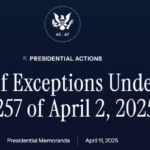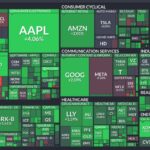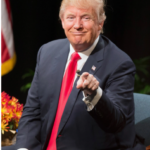Trump’s new tariffs trigger a surge in the VIX and Fear & Greed Index. Discover how these indicators impact markets and what smart investors should do next.
🔍 Market Volatility Soars Amid Trump Tariff Announcements
In the wake of President Donald Trump’s sweeping tariff announcement on April 2, 2025, global financial markets responded with heightened volatility. The Cboe Volatility Index (VIX), widely known as the “Fear Gauge,” surged from 21.3 to 30.02 — its highest level since August 2024. Simultaneously, the S&P 500 Index dropped 4.8%, reflecting growing investor anxiety.
⚠️ Fear & Greed Index Hits “Extreme Fear” Territory
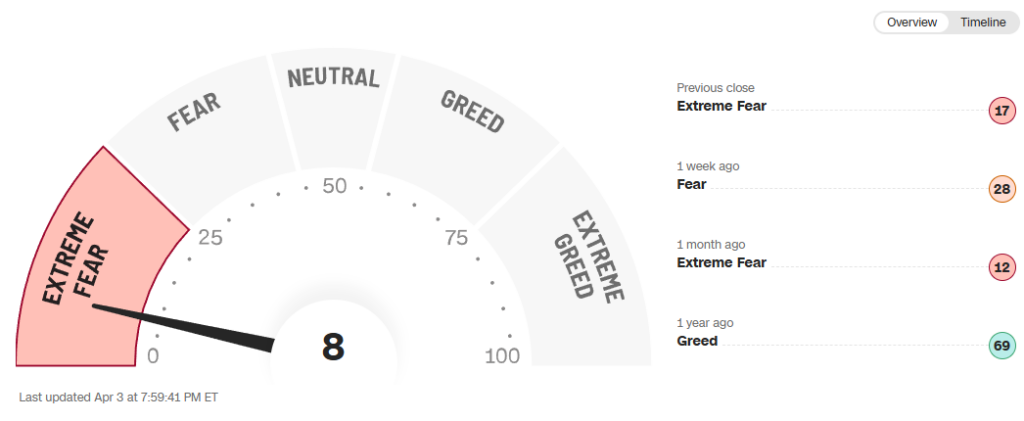
Adding to investor concerns, CNN’s Fear & Greed Index plummeted to 12/100, entering “Extreme Fear” status. The index reflects a sharp shift in market sentiment, driven by:
- Rising uncertainty over global trade flows
- Repricing of tech and industrial stocks
- Concerns over retaliation from key trading partners like China and the EU
🌍 Understanding the Trump Tariff Market Impact
The Trump Tariff Market Impact has sent shockwaves through the global economy. On April 2, 2025, President Donald Trump officially reinstated broad reciprocal tariffs aimed at reducing trade deficits and protecting American manufacturing. While the administration hails this as a strategic correction, markets have responded with pronounced volatility.
📈 VIX Spikes to Multi-Month Highs
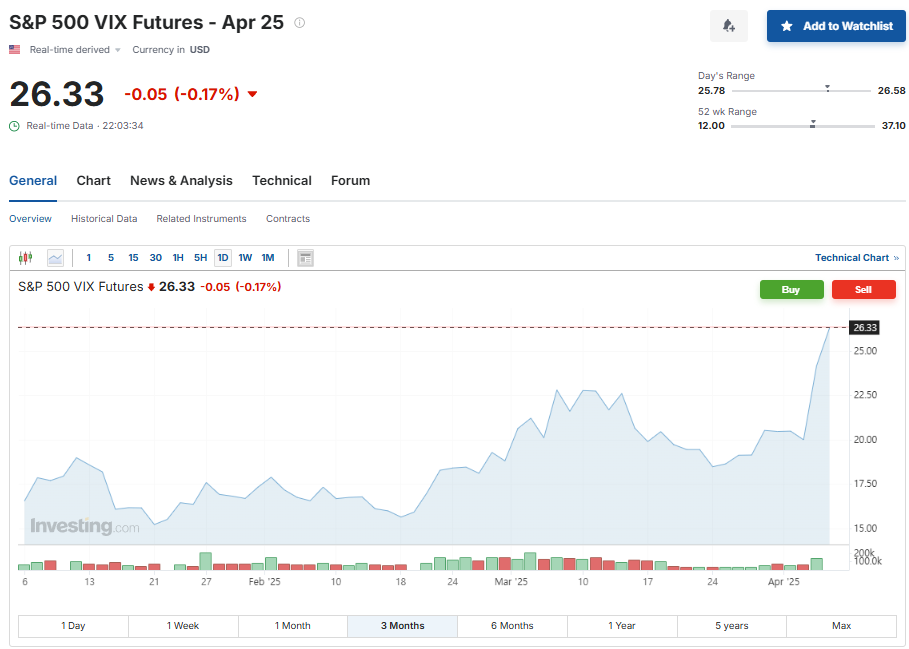
(Source: Investing.com)
Since the announcement, the CBOE Volatility Index (VIX) jumped from 21.3 to over 30, indicating a sharp rise in investor fear. Historically known as the “Fear Gauge,” this kind of movement reflects uncertainty and a growing risk-off sentiment in the market.
- S&P 500 dropped Rapidly in two days
- Tech-heavy Nasdaq tumbled 5.2%
- Major exporters saw sharp losses
⚠️ Fear & Greed Index Falls into “Extreme Fear” Zone
CNN’s Fear & Greed Index fell from 38 to 12, marking one of its steepest declines since the COVID-19 crash. This index, which aggregates investor behavior through seven different indicators, reflects mass market pessimism.
🔍 How the Trump Tariff Market Impact Affects Asset Classes
- Equities – Most vulnerable, especially sectors like semiconductors, autos, and tech
- Commodities – Gold and silver see inflows as safe havens
- Bonds – Treasuries rally on risk-off flows, yields fall
- Currencies – Dollar strength may weaken against safe havens like the Swiss Franc or Yen
✅ Diversify globally to reduce exposure to US-China tensions
✅ Rotate to defensive sectors like healthcare, utilities, and consumer staples
✅ Stay liquid – Cash is a strategic asset in uncertain markets
✅ Watch the Fed – Monetary policy could shift faster than expected
✅ Follow earnings revisions – Corporate guidance will reflect tariff risks
⏳ How Long Will the Trump Tariff Market Impact Last?
Analysts expect uncertainty to persist through Q2 and into Q3 2025 as trade partners respond. If China or the EU implement countermeasures, volatility could extend well into the 2025 election cycle.
“We’re entering a new phase of protectionism. Tariffs may help local industries short-term, but the long-term cost to market stability is unknown.” – JPMorgan Analyst, April 2025
💡 What Should Investors Do?
With volatility expected to persist, here are 5 proven strategies to navigate the chaos:
1️⃣ Diversify across asset classes
Don’t rely solely on equities. Explore fixed income, commodities, and gold for stability.
2️⃣ Increase defensive sector exposure
Utilities, healthcare, and consumer staples tend to perform better in high-volatility environments.
3️⃣ Hold more cash
Liquidity gives you flexibility to take advantage of market dips without panic selling.
4️⃣ Use stop-losses and hedge wisely
Set boundaries for losses and consider protective options to guard against further downside.
5️⃣ Monitor macro events closely
Stay updated with U.S.-China trade tensions, Fed rate decisions, and Trump’s future policy steps.
Read more tariff Policy Changes 2025

